Ceramics are all around us—in our homes, offices, and outdoor spaces. From mugs and plates to decorative tiles and plant pots, ceramic products are prized for their durability and versatility. However, the very strength that makes ceramics so useful also creates challenges when it comes to their disposal. Unlike organic or biodegradable materials, ceramics persist in landfills for centuries, leading to environmental strain and wasted resources. When ceramics are improperly discarded, they contribute to landfill overflow and pose long-term problems for municipal waste systems. That’s why understanding how to recycle ceramic is increasingly important in today’s eco-conscious world.
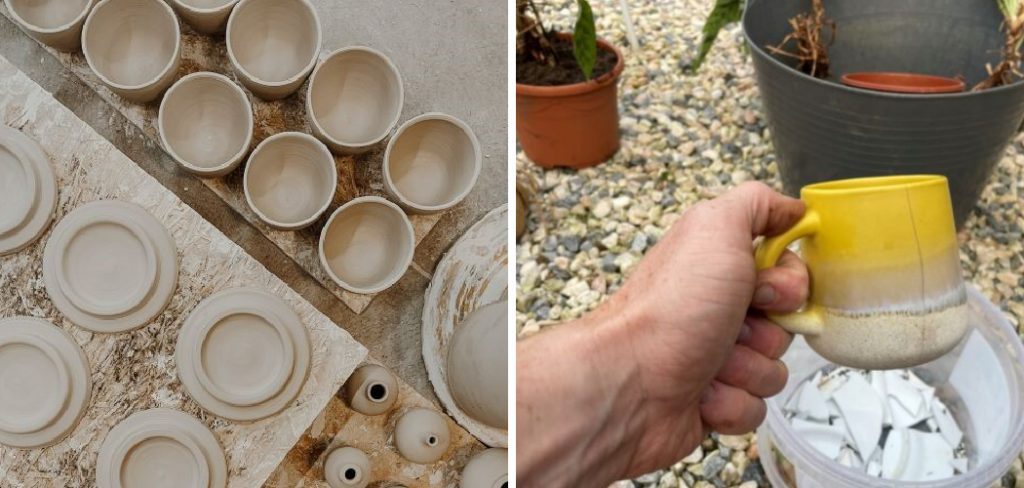
Learning how to recycle ceramics can help reduce environmental waste while giving old items a new purpose. By seeking sustainable alternatives—even for items that seem hard to recycle—you take an active role in conserving resources and reducing your ecological footprint. But recycling ceramics isn’t as straightforward as recycling glass or plastic. It requires understanding, preparation, and sometimes a bit of creativity. This guide will walk you through every essential step, from identifying recyclable items to exploring innovative reuse ideas, making the process accessible and rewarding.
Understanding Ceramic Materials
What Are Ceramics?
Ceramics belong to a broad class of non-metallic, inorganic materials that are hardened by high temperatures. Most of the ceramics you encounter in daily life are made from clay and then fired in a kiln.
This process transforms clay into a solid material that is heat-resistant, non-porous, and very tough. Whether you’re sipping coffee from a porcelain mug, admiring a hand-thrown clay vase, or walking across ceramic floor tiles, you’re interacting with varied types of ceramics. Other examples include bathroom sinks, cookware, decorative items, and sometimes even components in electronics.
The Composition of Ceramics
What makes ceramics so durable is also what makes them a recycling challenge. After firing, ceramic items become chemically and physically stable—they won’t melt or break down easily under regular conditions. This non-biodegradable property means that, unlike wood or certain plastics, ceramics don’t naturally return to the earth. Their composition—often a mix of minerals, clays, and glazes—means they need special handling at the end of their useful life. Understanding these basics is the first step in navigating to recycle ceramic items responsibly.
Why Recycling Ceramic Is Important
Environmental Benefits
When ceramic items are thrown away, they don’t decompose and often take up valuable landfill space. Over time, the accumulation of discarded tiles, dishes, and other ceramics can be significant, especially in urban areas. By keeping ceramics out of landfills, you help reduce the pressure on waste-management systems and contribute to the conservation of raw materials needed to create new products. Recycling ceramic products also means less energy is required to process new materials, which can help lower your carbon footprint.
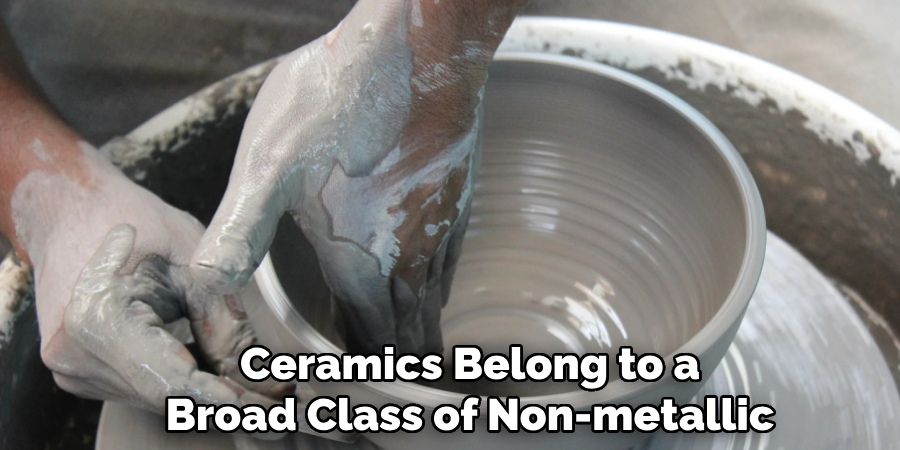
Economic and Creative Opportunities
Beyond just environmental impact, recycling ceramics presents economic advantages. Broken pieces or unwanted items can be repurposed into new goods, lowering production costs in various industries. For example, crushed ceramics are sometimes used as a substitute for gravel in construction or as a base material in landscaping. This approach not only diverts waste but can also create jobs and encourage community engagement in recycling programs. Furthermore, recycling ceramic objects offers room for creative endeavors—old tiles can find new life in mosaics or art projects, reducing waste while adding value.
Assessing the Condition of Ceramic Items
Differentiating Reusable Items from Waste
Before tossing a chipped mug or a cracked plate into the trash, pause to consider its condition. Some ceramic pieces can be repaired, repurposed, or donated for further use. Check each item for structural integrity: a plate with a minor chip may still function as a plant saucer, while a fully intact set of tiles could be given to a neighbor tackling home renovations. Learning how to assess your items properly is a fundamental part of learning to recycle ceramic materials effectively.
Identifying Types of Damage
Common forms of damage include cracks, chips, crazing (fine surface cracks), and glaze loss. Cracked tiles may be better suited for recycling or reuse in craft projects, while pottery with sharp, jagged breaks might not be safe for further household use but could still be recycled as aggregate material. Assessing the type and severity of damage helps dictate the next step—whether to repair, donate, recycle, or dispose of responsibly.
The Basics of Recycling Ceramic
Can Ceramics Be Recycled?
A widespread misconception is that all ceramic items can be tossed in with regular recycling, just like glass bottles or plastic containers. In reality, recycling ceramics is more complicated. Most curbside recycling programs don’t accept ceramics because they require different processes and equipment. Yet, the answer isn’t always a simple “no.” The ability to recycle ceramics depends on where you live and the resources available in your community. Sometimes, facilities accept specific types of ceramics, such as unglazed tiles or toilets, while other locations have strict “no ceramic” policies.
How Ceramic Recycling Differs from Other Materials
Unlike glass, which can be melted and reshaped repeatedly, ceramics can’t return to a molten state at regular manufacturing temperatures. This means they usually must be crushed and used as a hard, inert aggregate in construction, roadbeds, or landscaping. If accidentally mixed with glass recycling, ceramics can contaminate the batch and make it unusable for new glass products. By understanding these unique challenges, you’ll be better prepared to follow the ideal route when considering recycling ceramic items.
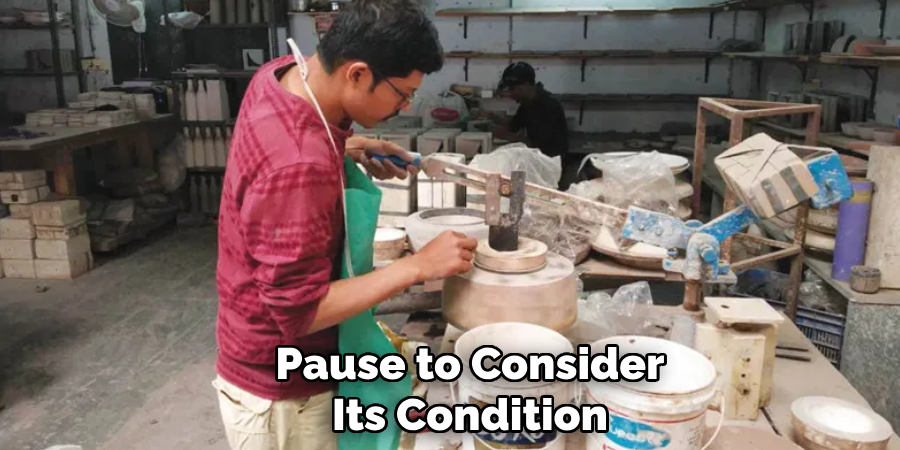
Finding Recycling Facilities for Ceramics
Checking Local Recycling Guidelines
The first step in recycling any ceramic is to investigate your local waste-management policies. Reach out to your city or county’s waste services, either through their website or by phone, and ask about their guidelines for ceramic disposal and recycling. Some municipalities may have dedicated drop-off locations for certain types of ceramics, like bathroom fixtures or building materials, while others may not accept them at all. Double-checking avoids contamination of recycling streams and potential fines.
Searching for Specialized Facilities
If standard waste facilities don’t handle ceramics, look for specialized recycling centers. Some facilities focus on handling construction and demolition debris, categories under which ceramics often fall. There are also private recycling companies and organizations that accept broken ceramics by mail or drop-off.
Online directories and community groups are valuable resources, helping connect you with local organizations or businesses offering these services. Make sure to confirm which types of ceramics each facility will accept, as glazes or other finishes may limit their recyclability.
Understanding Drop-Off vs. Pick-Up Options
Depending on your area, some centers offer drop-off services for ceramic materials, while others provide pick-up options for large quantities—for example, contractors renovating a home. When preparing for drop-off, check operating hours and packaging requirements; for pick-up, inquire about scheduling and whether there are fees. Awareness of these options helps ensure your efforts to recycle ceramics are successful and convenient.
How to Recycle Ceramic: Preparing Ceramic Items for Recycling
Step-by-Step Cleaning Guide
Before your ceramics can be accepted at a recycling facility, it’s essential to clean them thoroughly. Dirt, adhesives, grease, and even food residue can complicate recycling efforts. Start by washing each item with mild soap and water, scrubbing away all visible debris. For items with sticky labels or adhesives, soak them for easier removal. Ensuring your ceramics are as clean as possible helps maintain the quality of the recycled material.
Breaking Down Larger Pieces
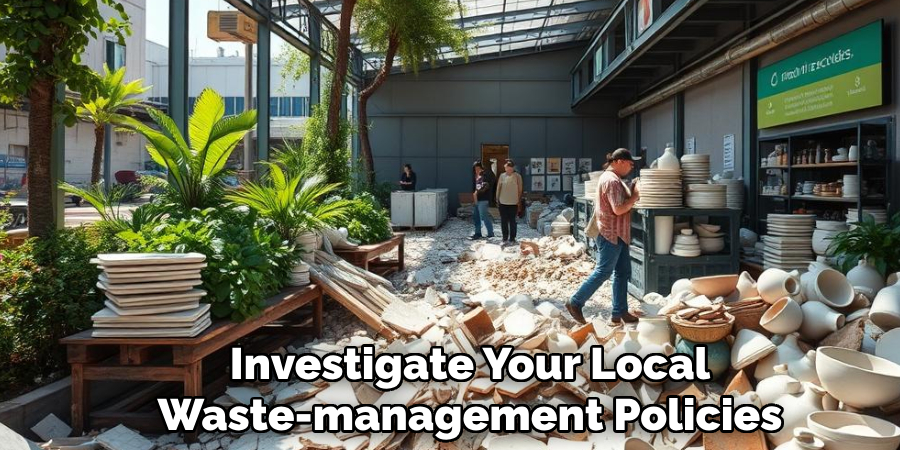
Recycling centers may require large ceramic items to be broken down into smaller fragments for easier processing. Using gloves and eye protection, carefully wrap the item in a thick towel or blanket before tapping it with a hammer. This minimizes the scattering of shards and ensures safety. Break pieces down to about the size of a deck of cards unless otherwise directed by your chosen recycler.
Removing Non-Ceramic Components
Many ceramic items include non-ceramic parts, like plastic feet, screws, or metal handles. These should be removed before recycling. Use a screwdriver or pliers to detach anything that isn’t ceramic. This extra step prevents contamination within the recycling process and makes the facility’s job easier.
Alternative Ways to Reuse Ceramics
DIY Projects
Even when ceramics can’t go into the recycling stream, they can be transformed through creative reuse. Broken plates, cups, or tiles are ideal for mosaic art—use them to craft beautiful tabletops, garden stones, or wall hangings. Larger pieces might make excellent planters for your garden, while colorful shards can become jewelry or ornaments. DIY options are limited only by your imagination and can give ceramics a second life while keeping them out of the landfill.
Donating Usable Items
If your ceramic items are still usable but simply unwanted, consider donating them. Thrift stores, local charities, schools, and community centers often accept intact dishes, mugs, and tiles for reuse. Many outreach programs supply tableware to those in need, providing a social benefit alongside environmental savings. Always check acceptance criteria before dropping off goods, as damaged or incomplete items may not be suitable for donation.
Using Ceramics as Construction Materials
Crushed ceramics have growing value in construction and landscaping. They can serve as aggregate for cement, sub-base for roads, or filler for drainage systems. Even home and garden DIYers can use broken ceramics as landscaping mulch or base layers for raised beds. Before using ceramics in these ways, be sure they are free of toxic glazes or contaminants.
Challenges and Limitations of Recycling Ceramic
Lack of Universal Recycling Programs
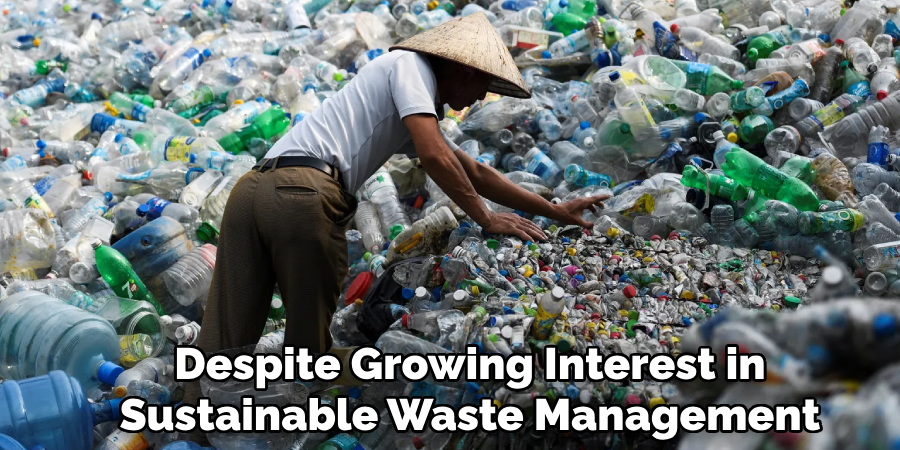
Despite growing interest in sustainable waste management, recycling programs for ceramic items vary widely by region. Many areas lack the infrastructure to process ceramics, so local guidelines should always be consulted. In some cases, only specific forms like unglazed bricks or toilet porcelain are accepted, while ordinary household ceramics may be rejected.
Difficulties in Sorting and Processing
Ceramic recycling is complicated by the high firing temperatures and the many types of glazes and additives used in production. Some finishes contain metals or may be fused with other materials, making sorting and processing more difficult. Facilities must also ensure that ceramics are free of contaminants, which can be difficult if items are dirty or mixed with other materials during collection.
Disposal Options for Non-Recyclable Ceramics
When recycling isn’t possible, look for alternative ways to minimize waste. Creative reuse, such as artistic mosaics, is a thoughtful solution. Some landfills or waste-to-energy plants accept ceramics, though this should be your last resort. Always explore donation and reuse before discarding any ceramic product.
Innovations in Ceramic Recycling
Advances in Recycling Technology
Researchers and businesses are developing new technologies to improve ceramic recycling. Modern processing machines can crush ceramics into finer particles for industrial reuse, and advanced sorting systems help separate glazed items from pure ceramics. These improvements increase recycling rates and expand potential applications for reclaimed ceramic materials.
Circular Economy Practices
Forward-thinking companies are adopting circular economy principles—designing ceramic goods with their end-of-life phase in mind. Some brands now offer take-back programs for old tiles or pottery pieces, integrating recycled materials into their manufacture. This not only reduces waste but also helps close the loop on raw material use, making “how to recycle ceramic” an easier question to answer for the future.

Encouraging Community Participation
Community recycling programs, workshops, and public art projects that use recycled ceramics are on the rise. These initiatives raise awareness and empower individuals to think creatively about waste. Schools, local governments, and environmental groups are key players in spreading knowledge and encouraging participation at the grassroots level.
Promoting Sustainable Ceramic Use
Choosing Eco-Friendly Ceramics
Sustainability starts at the point of purchase. If you’re planning to buy new ceramics, look for products made from recycled materials or from companies that embrace green manufacturing processes. Glazes free of toxins or heavy metals are preferable, as they simplify future recycling or reuse.
Reducing Waste Through Maintenance
Taking good care of your ceramic items can extend their usable life and delay their entry into the waste stream. Gentle cleaning, avoiding sudden temperature changes, and repairing small chips or cracks can preserve dishes, tiles, and other ceramics for years to come.
Educating Others About Recycling
Share what you’ve learned about how to recycle ceramics with friends, family, and your wider community. Raising awareness helps build a culture of sustainability, encouraging others to make informed choices that benefit the planet.
When Recycling Isn’t an Option
There are times when recycling ceramics just isn’t feasible—heavily contaminated, broken, or otherwise unique ceramic items may be rejected by all local facilities. In these cases, prioritize responsible disposal.

Wrap sharp or jagged fragments in newspaper or cardboard before placing them in the trash to protect sanitation workers. For items that can be repurposed, consider offering them to artists, schools, or community projects, where even imperfect ceramics might spark creative uses.
Conclusion
Proper waste management begins with knowledge and action. By understanding how to recycle ceramic items, you can play an important role in protecting the environment and promoting sustainable practices. From assessing the condition of your ceramics, identifying local recycling options, to exploring alternative methods of reuse, every step you take reduces landfill impact and saves resources. The journey isn’t always easy due to the unique properties of ceramics, but with a thoughtful approach, you can discover new and innovative ways to give old items a second life.
By learning how to recycle ceramics, you not only contribute to a cleaner planet but also open up opportunities for creative upcycling and resource conservation. Stay informed, share your knowledge, and help build a better future—one recycled ceramic at a time.
Specialization:
- Master of wheel-throwing, hand-building, and advanced glazing techniques
- Focus on creating both functional pottery and decorative art pieces
Recognition:
- Celebrated by collectors and art enthusiasts for creating one-of-a-kind pieces that blend artistry with functionality
- Participates in local and national exhibitions, earning accolades for his innovative designs and craftsmanship
Passion:
- Deeply committed to exploring and pushing the boundaries of ceramic artistry
- Continuously experiments with new materials, firing techniques, and artistic concepts to evolve his craft
Personal Philosophy:
- Believes in the transformative power of art, aiming to evoke emotions and connections through his ceramic creations
- Advocates for sustainability in ceramics, using eco-friendly materials and practices whenever possible


